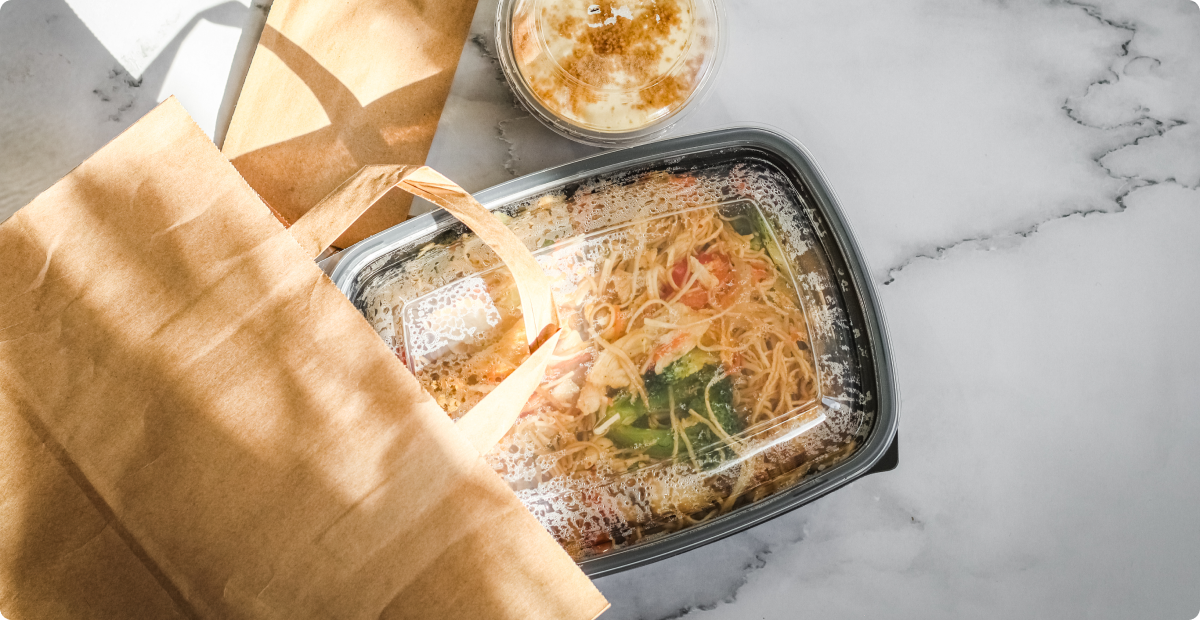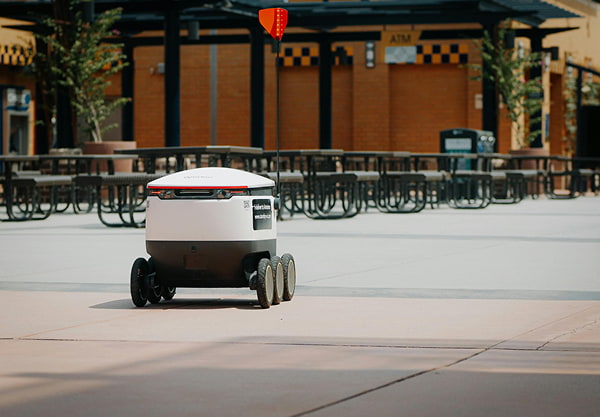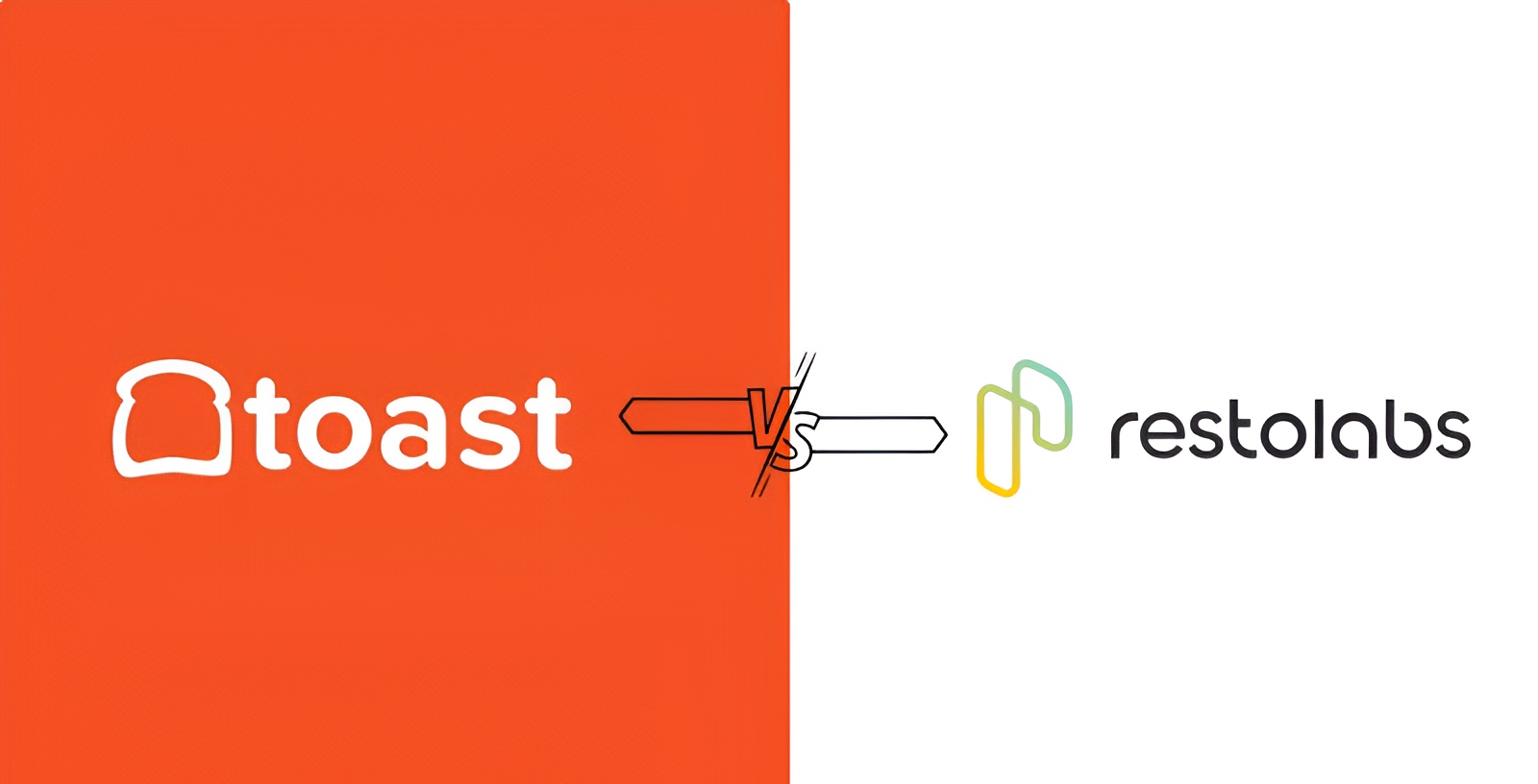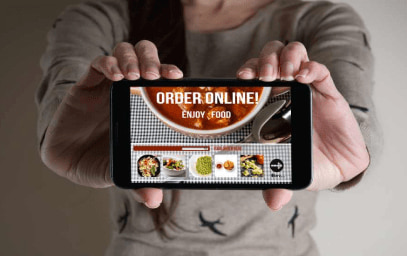Key Takeaways
In a recent news article, published in Economic Times, it was revealed that many restaurants have begun pushing back against the third party food aggregators like GrubHub and UberEats on accounts of unfair distribution of profits.
Not long ago, Restolabs too posted an article divulging how food delivery companies are becoming a threat to the survival of small establishments. High commissions, questionable profitability, tipping policies, additional marketing fees for better positioning, loss of brand control and of course, owning the customer data are a few reasons pertaining to this threat.
While collaborating with third-party food delivery companies such as GrubHub, Uber Eats and DoorDash seemed like a convenient option in the past, many operators are now realizing the downsides of the partnership. They are worried about the impact high commissions can have on their business in the long term.
Given the changing scenario in the restaurant industry, restaurant owners are doing some streamlining of their own and slimming down their presence on third party channels. They have realized that relying on these food aggregators is only going to eat into their profits, and thus, willing to embrace new, innovative technologies to facilitate their off-premise services. But is this the right way forward?
“Of course, it is! If you’re getting orders organically on your own website or a mobile app, you obviously save the commission that third-party food delivery is charging, says Bharti Batra, Founder of Restolabs. “A smart move is to have your own ordering capabilities and make it more attractive to your customers,'' she adds.
In order to better reflect the operator's profitability in today's munch-and-crunch economy having a clear understanding of both the business models is important.
Third-Party Aggregators: The necessary evil
They are cruel in a way that they charge a hefty commission from all restaurants, regardless of size and scale. True, but then they are also the ones who made food delivery mainstream. Customers are willing to pay for speed, quality and most of all, conveniences, and that’s exactly what food delivery aggregators like GrubHub, DoorDash, and UberEats offer them. It was always supposed to be a win-win situation for all the parties involved.
But lately, the surge in the demand for food delivery has led to an increase in the operational costs for third party food delivery brands as well, and restaurants are expected to bear the price. As a result, most restaurants are either charging their customers by adding delivery and packaging costs to the final bill or simply increasing the menu prices. Smaller restaurants are the biggest losers in this game. How? The math is simple, small restaurants operate on slim margins, and paying up to 30% on commissions per order is only going to cost them their business in the long run. Plus, if they want to be listed more prominently, they have to pay a higher fee.
So how do you make it a sustainable business?
Restaurants like Taste of Texas have found a way around the can of worms. They use third party aggregators for promotions by offering a restricted menu. If customers want to order a particular dish from their restaurant at any given point of time, they can simply do that through the restaurant's website or mobile app.
Acquiring new customers and staying on the top of their minds is the sole purpose of getting listed on a platform like GrubHub. But it doesn't make sense if scoring new customers means that the delivery platform will rip you off of any profit margin you might have scored.
In-house online ordering and delivery: the route to profitability
A business has to be profitable, isn’t it? Given the unfair commission fees that they are asked to pay, operators would obviously prefer that customers order through their channels and cut out the middlemen. Their decision to limit the use of food delivery services represents a major shift in the relationship between restaurants and third-party services.
Online ordering and delivery platforms offer a suite of solutions for all types of restaurant models - whether a century-old food chain or a new cloud kitchen. They allow restaurants to tailor their offerings to customers in line with their branding and operating model.
“Maintaining own online ordering and delivery is apparently 46% to 50% cheaper than utilizing the services of third-party delivery services, making it one of the most important technologies for the restaurant industry”, says Bharti.
There are many benefits of implementing in-house online ordering. One of the most important once is that customers ordering directly from a restaurant’s website or mobile app can save the business from forfeiting a significant chunk of their revenue. “We’ve met with all of the third-party delivery companies. People want convenience, but we’re not willing to give 30% of our sales to a third-party delivery company”, says Russell Bendel, CEO of Habit Restaurants.
The crux of the matter is that most restaurant operators aren’t programmers or website designers and thus, depend on third party food aggregators to establish a strong presence in the digital landscape. Perhaps companies like Restolabs offers solutions that require no coding and is a much more affordable option to meet in-house ordering capabilities.
It’s a battle between technologies
Despite the continued pushback from the restaurants, third-party delivery services have seen a significant increase in the constant consumer demand for speed and convenience. This means that it is extremely important for restaurants, especially the new establishments to be listed across multiple third-party delivery platforms. But knowing how to make the entire system work to your advantage is what would make you stand out in the market. With economics, it’s an easy equation to figure out.
The requirement varies from restaurant to restaurant. Most operators won’t necessarily have to get themselves listed with food aggregators to stay competitive if they already have a good customer base. Implementing a robust online ordering system can set you up for consistent success.
If you can handle the deliveries, we can set you up for success with our online ordering platform for restaurants. We’ve already listed a few of the many benefits we offer, to help you make an informed decision.
View subscription packages here. See a live demo here. And contact us here.
Want to get the scoop on everything restaurant marketing, technology, and more? We got you covered. Read the most buzzworthy restaurant industry topics here.
Frequently Asked Questions
Restaurants should consider moving away from third-party food aggregators due to high commissions, lack of customer data control, and the potential for lower profit margins.
Alternatives include building an in-house delivery system, using lower-cost delivery services, or encouraging customers to order directly from the restaurant’s website.
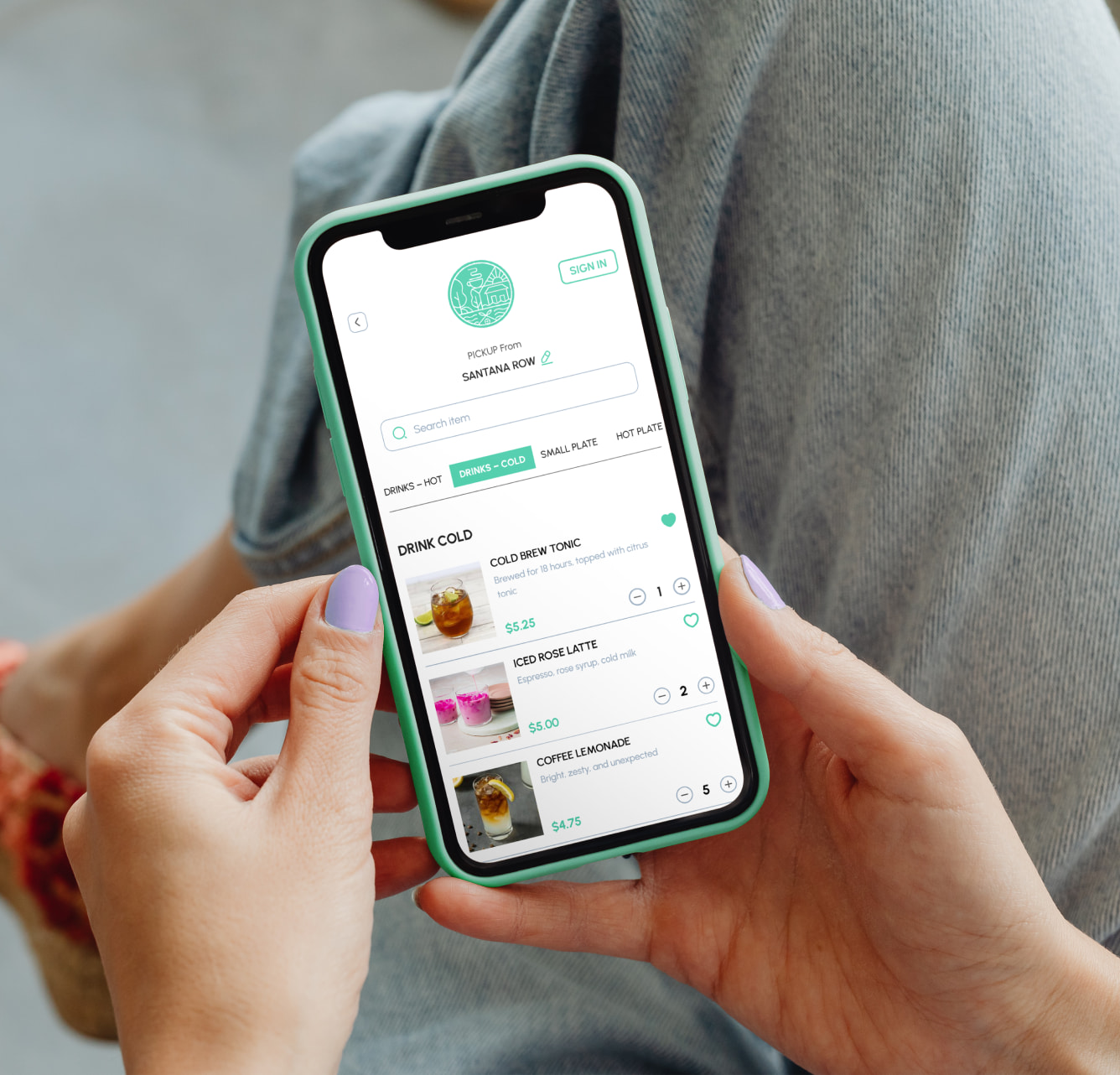

.gif)


